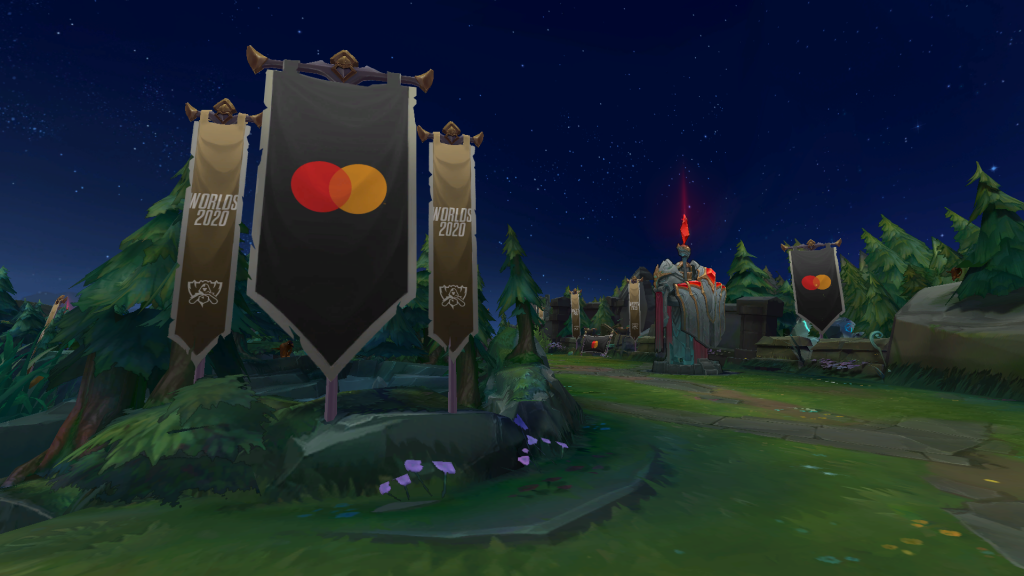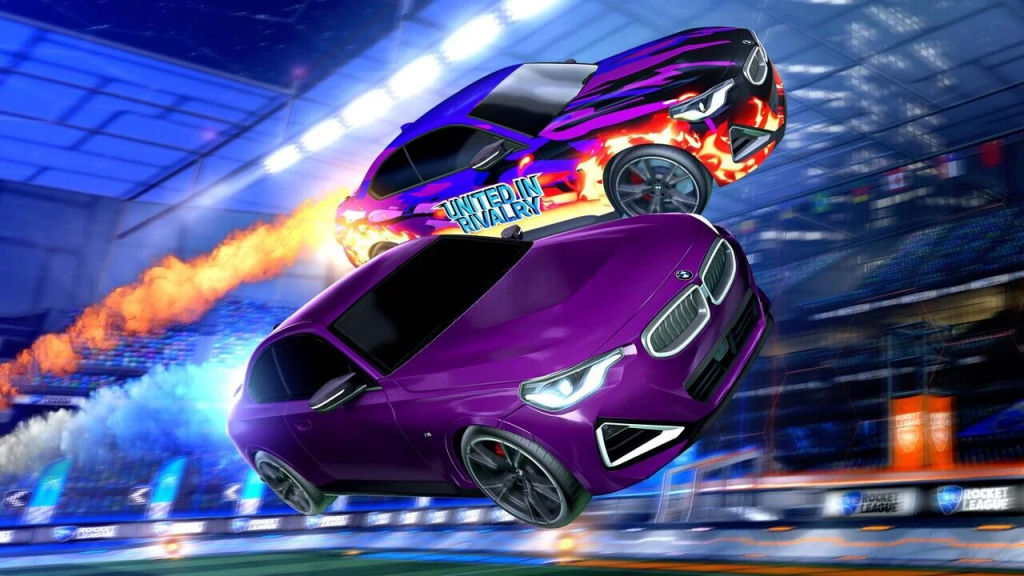Ahead of ESI Events’ flagship conference ESI Lisbon (September 23rd-25th), ‘Looking at Lisbon’ takes a look at the topics behind our content panels. This article explores the opportunities of in-game advertising.

The gaming industry has become a battleground for advertisers. As traditional media loses its grip on the coveted demographic of gamers, who increasingly rely on ad-blockers and digital platforms, brands are scrambling to find new avenues for reaching this slippery audience.
In-game advertising has emerged as a potential goldmine, promising to deliver brands directly into the heart of gameplay in a way that is authentic, and perhaps even an enhanced experience, for players. Instead of interrupting gameplay to serve invasive ads, in-game advertising promises to reach gamers naturally inside their gameplay sessions. Advertisers, in turn, can be seen to be a part of the gamers’ experience rather than detracting from it.
But there are challenges, too. There’s a risk of those in-game adverts becoming intrusive if not done right — many gamers will be wary of the intrusive ads often found in mobile games, which can be highly disruptive and negatively impact player satisfaction and must be carefully avoided.
Moreover, gamers are often said to deeply value authenticity, so advertisers need to ensure the experiences they’re making add to, rather than detract from, the gaming experience.
There is also the concern that excessive focus on in-game advertising could lead to perceived a decline in game quality among players. Gamers may feel developers are prioritising ad revenue over gameplay, potentially leading to resentment towards both the developer and the advertiser.
The effectiveness of in-game advertising can vary greatly depending on the execution. When done well, in-game ads can enhance the gaming experience by providing additional content or rewards. When done poorly, in-game ads can become intrusive and alienate players: if ads are not relevant to the game or the player, they are more likely to be perceived as a nuisance.
There are plenty of examples of successful in-game advertising. At one end of the spectrum are subtle in-game integrations which don’t impact the gaming experience for players, like the sponsored banners seen during League of Legends international tournaments on the playing field.

On the other end, games such as Rocket League have cleverly integrated brands directly into the game by adding real-life cars, such as BMW, that players can drive. Rocket League even lets esports organisations put their sponsors on their esports team decals. Roblox has capitalised on this trend by offering virtual goods and experiences that resonate with its young audience, like the 2021 Gucci Garden Experience. Fortnite has taken it a step further with immersive events like the 2023 Metallica concert, transforming their platform into a stage for unforgettable brand collaborations.
In-game advertising presents both opportunities and challenges. Just how big are those opportunities, and how should integrated advertising be best delivered to avoid those challenges?
Join Erik Londré, CEO of metaverse studio Karta, Fabian Furch of gaming media group EarlyGame, and other industry-leading speakers (to be announced soon) for Selling on the Rift: The benefits of otherworldly product placement — a panel discussion on the the benefits and considerations of integrated advertising in gaming — at ESI Lisbon on September 25th. Tickets for ESI Lisbon can be purchased here.



